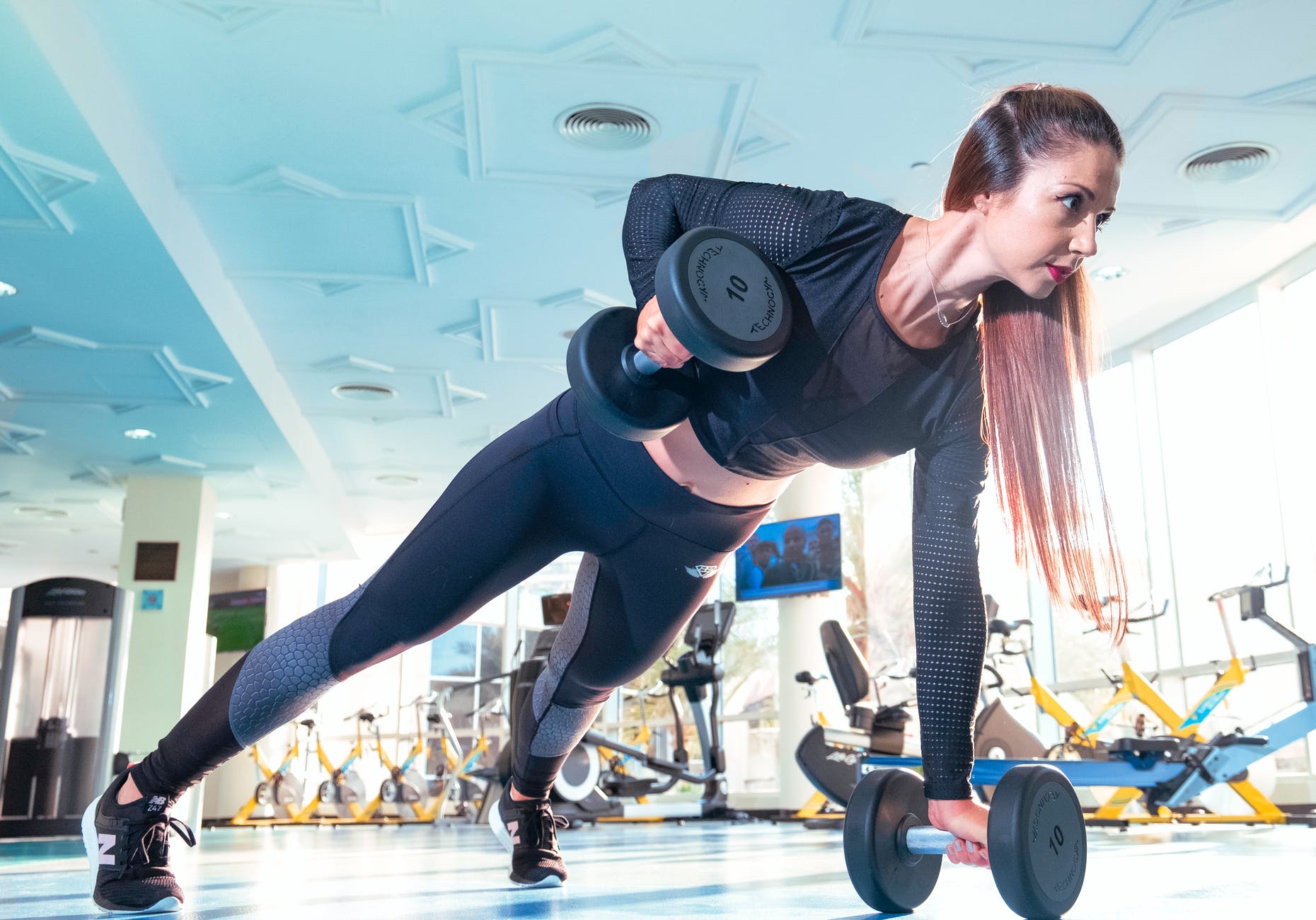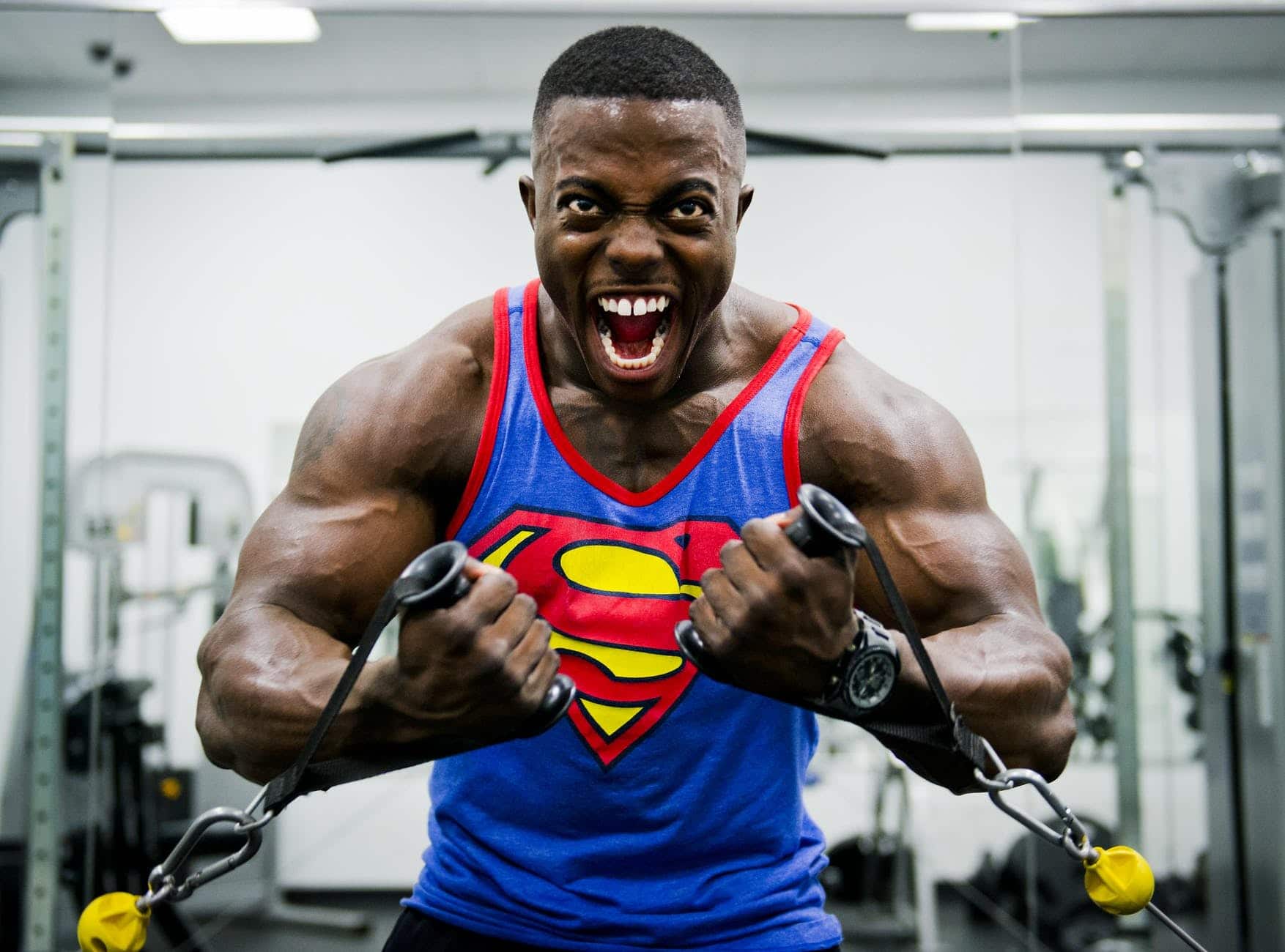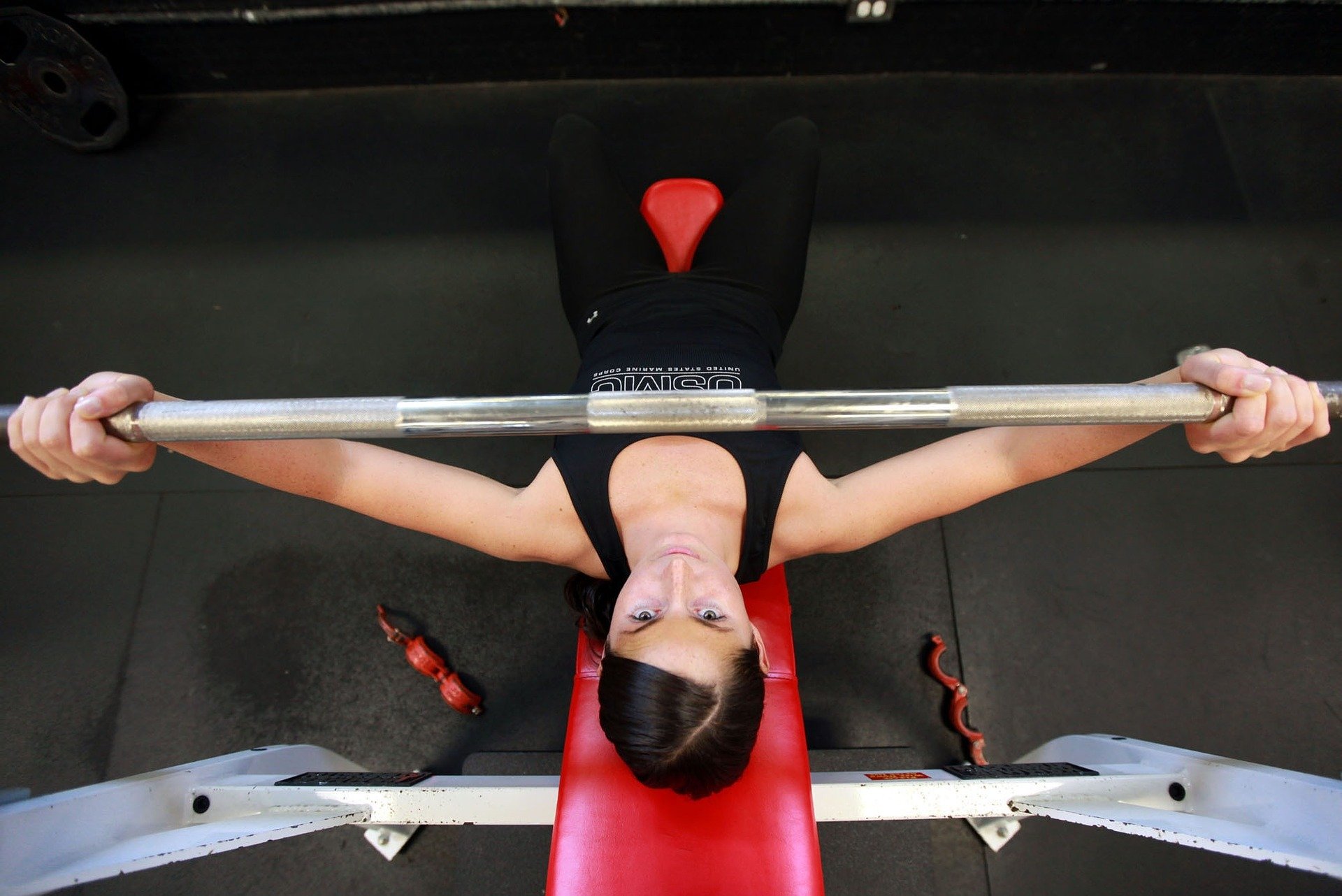Want to lose weight?
Sick of doing the same old treadmill workouts and not seeing results?
Weight training has been made famous by the likes of Arnold Schwarzenegger and other action stars pumping iron. Unfortunately, you don’t often see it publicized for women unless you start digging. The truth is, weight training for everyone, regardless of age, and it won’t turn you into a giant!
The truth is, you need to lift weights to lose weight. So, it’s time you delved into the world of weight training. Weight training is a powerful tool for fat loss and has amazing benefits for your overall health. It is fun, diverse, and gratifying.
Ladies, it’s time to jump off the treadmill and pick up a pair of dumbbells. I’m going to tell you why you need to lift weight to lose weight
What does it mean to weight train?
Weight training is often referred to as ‘resistance’ or ‘strength’ training, which means putting your muscles under strain through the use of weights, machines, bands, or even your own body weight. The principles behind weight training are to enhance muscular strength and increase muscle endurance.
When you’re stronger, daily activities become easier, you protect against age-related injuries, and it’s easier to maintain your mobility. Muscle endurance means you can perform these activities over a longer period of time. How often have you done yard work or had to shovel snow, only to become quickly exhausted?
Why is weight training essential for weight loss?
When you lift weights as part of your exercise program, your muscle fibers undergo microscopic tears. If you are consuming a healthy diet full of lean proteins, your body will use the proteins to repair these torn muscle fibers. Hence, they grow back stronger. This is the process by which muscle growth and strength gains happen.
In order for your body to repairing, building, and maintaining muscle tissue, it needs calories. Weight training consistently raises your metabolic level and consequently, burns calories. This calorie burn lasts long after the period of exercise ends – up to 12 hours longer! Cardio exercise alone does not produce the same results.
A study of pre-menopausal women looked at the effects of a healthy diet coupled with weight training, against those who just dieted and didn’t weight train. In those who incorporated weight training, not only was there a substantial increase in lean muscle mass, significant reductions in fat mass were achieved.
The results makes a pretty compelling argument for why you need to lift weight to lose weight.
Should I weight train if I’m over 50?
Absolutely! Weight training is often very much overlooked by women over 50. This is primarily due to misconceptions of how weight training will make you look, or lack of knowledge on how to appropriately use free weight and machines in the gym. Let’s get one thing out of the way immediately, ladies, weight training is NOT just for men.
Heart health benefits
Aside from the slimming effects on your body, weight training is shown to improve heart health. After all, your heart is a muscle, and weight training yields some impressive benefits on your heart.
A recent study in the well-regarded journal from Medicine & Science in Sports & Exercise revealed that adults who weight trained at least one hour a week had a 40-70% reduced risk of heart attacked or stroke, versus those who did not exercise.
A similar study published in JAMA Cardiology suggests that regular weight training reduces a type of fat linked to cardiovascular disease. Specifically, they noted that fat was decreased in the heart sac, also known at the pericardium. Having less fat in and around the pericardium is associated with a lower risk of heart disease.
Reverse the effects of aging
Once you hit your 30s, you begin to lose 3 – 8% of your muscle mass per decade. This continued decline also results in a reduction in your metabolic rate or the rate at which your body burns calories when you are at rate. In the final one-two punch, your body begins to accumulate more fat.
However, this process is irreversible. Consistent weight training over the course of several weeks can increase lean weight by an average of 3 pounds, and decrease your fat mass by close to 4 pounds.
This might seem like a wash in your overall weight loss goals but it makes a dramatic improvement in your physical appearance. Why? It’s simple – lean muscle mass takes up much less space than body fat. Remember that old joke, what weighs more, a 10-pound bowling ball or 10 pounds of feathers? The quick answer is the bowling ball, but 10 pounds is always 10 pounds. The volume is what is different.
The other unseen benefit is the increase in your metabolic rate. Consistent weight training reduces your resting metabolic rate by as much as 7%. We’ve already seen where the process of building muscle increase calorie burn, so by weight training on a regular basis, you’re turning your body into an efficient fat-burning machine.
Not to be outdone, the benefits of weight training on your overall physical and mental health stack up. This includes improved physical performance, movement control, walking speed, functional independence, cognitive abilities, and self-esteem. Weight training may assist in the prevention and management of Type 2 diabetes by decreasing visceral fat.
I’m sure you can start to see why you need to lift weights to lose weight.
What’s the best way to train to lose weight?
If burning fat is your focus, and it probably is, that’s why you are reading this. It makes sense to do full-body weight training workouts each time you go to the gym or complete your chosen style of weight training.
Doing circuit style training works the full-body, this involves completing several weight-bearing exercises back to back and is excellent for fat loss and maximum calorie burn.
Exercising more individual muscle groups every workout session requires higher energy consumption after training as part of your body’s recovery process, so you’ll continue to burn fat.
What types of weight training are there?

There are so many different types of weight training. All encompass the same physiological theory; using the force of gravity in the form of weighted bars, dumbbells or weight stacks to oppose the force generated by muscle through a concentric or eccentric contraction. Chose one that works for you. Once you acclimate, you may find you want to try something new or different.
Free weights
Free weights are the dumbbells, barbells, and weight plates you see in the free weight areas in many gyms. Many gym-goers and personal trainers prefer free weights because they allow for a greater range of motion and tension on your muscles. In addition, using free weights requires a bit of balance, so you’re also engaging other smaller muscles surrounding a joint to help stabilize the movement.
Gym-based weight machines
Weight machines can be a great option for beginners for a couple of reasons. One, they help you maintain form because they place you in the proper lifting position. Two, they’re great to help you begin to build muscle so you can move to free weights.
Weight-based classes
Many gym classes and home exercise videos incorporate free weights and cardio activities into one heart pumping, sweat drenching workout. Beachbody on Demand is a popular subscription-based home exercise video program that offers several varieties from beginner to extreme fitness.
Body Pump is a trademarked name for gym classes that use barbells and weight plates combined with cardio with the goal of building muscle and increasing endurance. Many gyms offer a variation of a Body Pump type class that generates the same results.
Resistance bands
Resistance bands are elastic bands with or without handles in various sizes and density that work to place tension on your muscles through a range of motion. Free weights can be cumbersome to use at home and take up a lot of space. Resistance bands are unbelievable versatile, enabling you to keep up your weight training routine while on travel or vacation.
CrossFit
CrossFit incorporates high-intensity interval training (HIIT) with strength and conditioning moves that mimic movements you do in every day life. The result in gains in strength, agility, flexibility and improved aerobic fitness.
CrossFit classes are mostly held in private studios and have workouts that vary every day. What’s interesting about these studios is that they have no mirrors. That’s because CrossFit is focused on improving your endurance, health and strength, not on how you look.
Powerlifting
Powerlifting is about pure strength. The goal in power lifting is to lift the maximum amount of weight you can on three particular lifts: the squat, the bench press and the dead lift.
Imagine picking up the heaviest object you can, just once. That’s power lifting.
The three lifts that are prescribed for power lifting target your biggest muscle groups, your legs, chest, and spine. So, while it’s not a full body workout, you’ll still see gains of those are the only muscles you’re training to meet a powerlifting goal.
Olympic lifting
Olympic lifting varies from power lifting in that the lift exercises are different and focus on more muscle groups. The movements in Olympic lifting are more technical and are typical performed at a higher tempo. These lifts are the snatch, and the clean and jerk.
The snatch requires the lifter to take a barbell from the ground to overhead in one continuous movement. In the clean and jerk, you still take the barbell from the floor, but you bring it up to your collar bone and pause before pushing it up overhead. Both movements improve core strength, glutes, the upper back, shoulders and triceps; many more that what power lifting does.
Won’t I get bulky by lifting weights?

Something which often terrifies women to lift a weight in the gym is the thought of somehow turning into the Incredible Hulk if they pick up a dumbbell.
Ladies, lifting weight doesn’t make you bulky or massive because we can’t. We lack the testosterone that men do, which is what helps to promote muscle tissue growth in men.
If your concern is stoked from seeing big muscular women on the internet, magazines and bodybuilding competitions, it’s because of two things. Being muscular is their job and that’s what they work at, day and day out, for hours at a time. Or, they’ve achieved that superhuman look by taking things they shouldn’t have.
To be clear, please don’t worry. You don’t have the right biological makeup to suddenly become huge.
Conclusion
Hopefully, after reading this, you feel a little enlightened to the world of weight training and why you need to lift weights to lose weight.
Weight training isn’t just for men at all, so liberate your mind of that idea. The benefits of weight training are profound, so don’t deny yourself the experience. You can enjoy a healthier, more efficient heart, healthier joints, a slimmer waistline, and a fitter.
Give it a go, you won’t regret it.

